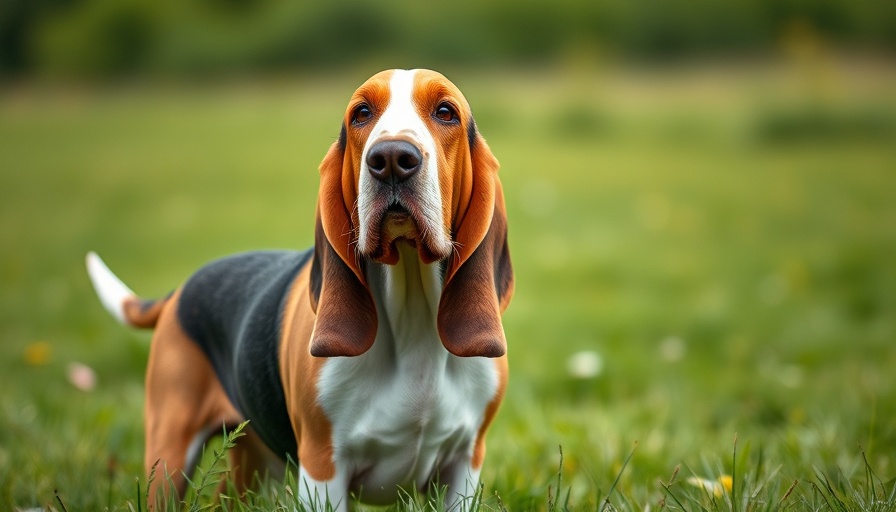
Understanding Ectropion in Dogs: An Overview
For dog owners, it’s essential to know some common health conditions that can affect our furry friends. One such condition is ectropion, an eyelid abnormality that can lead to various issues. This inherited condition causes the eyelids, especially the lower ones, to roll outward, exposing the sensitive inner lining and making the eye prone to irritation.
The Breeds Most Affected by Ectropion
Some breeds are particularly predisposed to ectropion due to their genetic makeup. Breeds such as Cocker Spaniels, Saint Bernards, and Bloodhounds are known to exhibit this condition more frequently than others. The droopy appearance of their eyelids is often recognizable, and while this can be a benign issue, the risk of developing irritation increases with age.
Signs and Symptoms to Look Out For
If you suspect that your dog may be suffering from ectropion, there are several key symptoms to watch out for:
- Watery or mucoid discharge from the eye, indicating irritation.
- Red or swollen eyes or conjunctival tissue around the eye.
- Rubbing or pawing at the eyes, which can exacerbate irritation.
- Excessive blinking or squinting as a response to discomfort.
- Dark pigmentation on the cornea, possibly leading to further complications if left uncontrolled.
The Emotional Toll: Understanding Your Dog's Discomfort
As a dog owner, it’s natural to feel concerned when noticing these signs. Just like humans, our pets can experience discomfort and emotional distress when they are not feeling their best. Recognizing that your beloved companion may be uncomfortable due to ectropion can stir feelings of empathy and the desire to provide relief.
Diagnosis and Treatment: What You Should Know
Diagnosing ectropion is straightforward; most veterinarians can identify the condition during a routine exam. Although ectropion is not typically considered an emergency, it is crucial to consult a veterinarian if any concerning symptoms arise. In many cases, surgery is not required unless the dog is experiencing significant discomfort or developing corneal problems.
Preventing Complications: Care Tips for Affected Dogs
If you own a breed at risk for ectropion, here are several steps you can take:
- Keep the eyes clean by gently wiping away discharge with a damp cloth.
- Ensure regular veterinary check-ups to monitor changes in the eyes.
- Consider discussing options for protective eyewear during outdoor activities to minimize irritants like dust or debris.
Inspirational Tales of Overcoming Eye Health Challenges
Many dog owners have shared uplifting stories of their pets overcoming health challenges, including ectropion. These tales often highlight the resilience of dogs and the unwavering bond they share with their humans. Such narratives serve to inspire other dog owners to remain vigilant about eye health and act quickly when they notice concerning symptoms, ultimately ensuring a better quality of life for their pet.
When to Seek Veterinary Help
If your dog’s eyelids appear newly drooped, or you notice any symptoms of irritation, don’t hesitate to contact your veterinarian. Early intervention can make a significant difference in preventing further complications.
Conclusion: Your Dog’s Health is Paramount
As responsible pet owners, staying informed about conditions like ectropion can lead to better health outcomes for our dogs. Remember, the sooner you act upon noticing unusual changes in your dog’s behavior or appearance, the better you can help safeguard their health. Consult with your veterinarian and remain proactive in your dog’s care!
 Add Row
Add Row  Add
Add 


 Add Row
Add Row  Add
Add 

Write A Comment